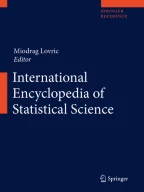
Statistics in banking is becoming increasingly important to the extent that modern banking at all levels would be impossible without the application of statistical methods (Hand 2006, p. 361). Particularly the financial crisis has underlined the importance of high quality and timely data to the banking sector. Indeed, “information shortages – directly related to a lack of timely and accurate data – with regard to complex credit derivatives lie at the heart of the current crisis and have complicated the crisis management efforts of central banks around the world.” (Current challenges and the Future of Central Bank Statistics).
According to the Monetary and Financial Statistics (International Monetary Fund 2000), the banking sector consists of all resident corporations mainly engaged in financial intermediation in any given economy. These corporations consist of the central bank which is the national financial institution with the principal responsibility of ensuring monetary stability.